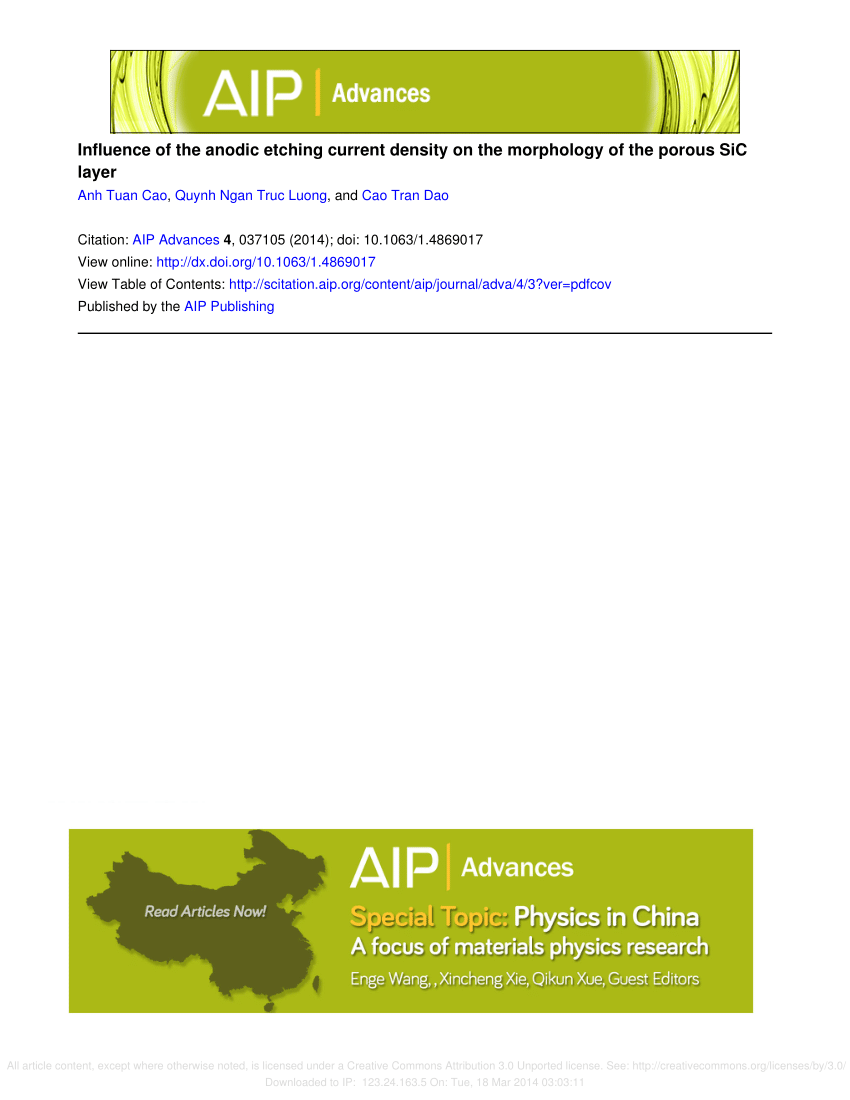Experimental and theoretical study on the ceasing motion of a droplet manipulated by air-blowing nozzle
IF 1.4
4区 物理与天体物理
Q4 MATERIALS SCIENCE, MULTIDISCIPLINARY
引用次数: 0
Abstract
In this study, the dynamic process of a droplet moving with a substrate until blocked by air flow is investigated experimentally and theoretically. A sequence of experiments has been conducted to investigate the impacts of wetting properties, droplet volumes, air flow velocities, and droplet velocities. The substrate is driven by a linear motion motor to ensure the droplet moves at a certain velocity alongside the substrate. The air flow that is vertically injected from the nozzles toward the substrate is known as an impinging jet. After the air flow impacts the substrate, it will blow horizontally. When the direction of air flow is opposite to that of the droplet movement, a force will be exerted on the surface of the droplet. This action incurs the deformation of the droplet and the cessation of its movement, eventually resulting in an equilibrium state. The droplet shape and motion processes are recorded by a high-speed camera. A mathematical model considering the effect of droplet contact angle, droplet size, droplet moving velocity, and air flow velocity is established in the state of equilibrium. Correlation factors are used in the model for the drag coefficient and air average velocity acting on the droplet. It is found that the air flow rate required to stop the motion of the droplet increases with the droplet moving velocity and the droplet size but reduces with the increase in the static contact angle. The mathematical model, when equipped with suitable correlation factors, exhibits good agreement with experimental data and could potentially be utilized as a predictor of critical velocity for the cessation of the droplet motion.吹气喷嘴操纵液滴停止运动的实验和理论研究
本研究通过实验和理论研究了液滴随基底移动直至被气流阻挡的动态过程。通过一系列实验,研究了润湿特性、液滴体积、气流速度和液滴速度的影响。基底由直线运动电机驱动,以确保液滴以一定的速度沿基底移动。从喷嘴向基底垂直喷射的气流称为撞击射流。气流撞击基底后,将水平吹向基底。当气流方向与液滴运动方向相反时,液滴表面就会受到作用力。这一作用导致液滴变形并停止运动,最终达到平衡状态。液滴的形状和运动过程由高速摄像机记录。在平衡状态下,建立了一个考虑液滴接触角、液滴大小、液滴移动速度和气流速度影响的数学模型。模型中使用了作用于液滴的阻力系数和空气平均流速的相关系数。结果发现,阻止液滴运动所需的空气流速随液滴移动速度和液滴大小的增加而增加,但随静态接触角的增加而减少。该数学模型在配备适当的相关因子后,与实验数据显示出良好的一致性,并有可能被用作停止液滴运动的临界速度预测器。
本文章由计算机程序翻译,如有差异,请以英文原文为准。
求助全文
约1分钟内获得全文
求助全文
来源期刊

AIP Advances
NANOSCIENCE & NANOTECHNOLOGY-MATERIALS SCIENCE, MULTIDISCIPLINARY
CiteScore
2.80
自引率
6.20%
发文量
1233
审稿时长
2-4 weeks
期刊介绍:
AIP Advances is an open access journal publishing in all areas of physical sciences—applied, theoretical, and experimental. All published articles are freely available to read, download, and share. The journal prides itself on the belief that all good science is important and relevant. Our inclusive scope and publication standards make it an essential outlet for scientists in the physical sciences.
AIP Advances is a community-based journal, with a fast production cycle. The quick publication process and open-access model allows us to quickly distribute new scientific concepts. Our Editors, assisted by peer review, determine whether a manuscript is technically correct and original. After publication, the readership evaluates whether a manuscript is timely, relevant, or significant.
 求助内容:
求助内容: 应助结果提醒方式:
应助结果提醒方式:


